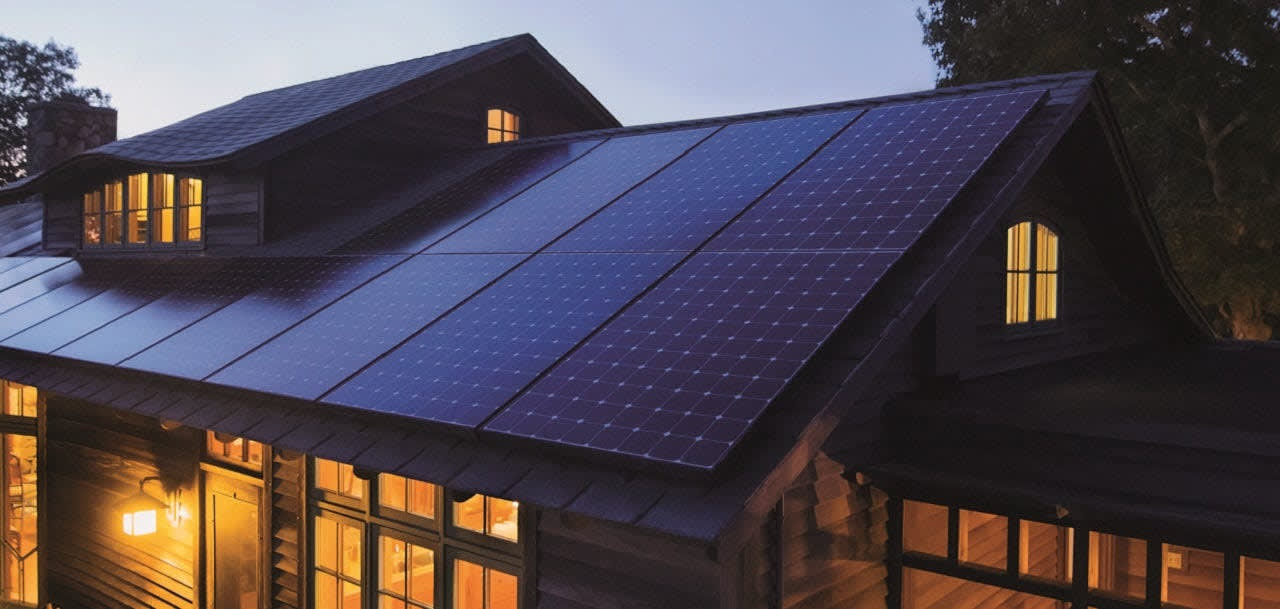Is Big Solar Going the Way of Big Wind? DAVID BLACKMON
I’ve spent gobs of time in recent months cataloging the travails of the Big Offshore Wind boondoggles being heavily subsidized by the Biden administration off the northeastern Atlantic coast.
Is Big Solar Going the Way of Big Wind?
JUL 23
∙
PAID
I’ve spent gobs of time in recent months cataloging the travails of the Big Offshore Wind boondoggles being heavily subsidized by the Biden administration off the northeastern Atlantic coast. Last week’s shutdown of the Vineyard Wind 1 project by the feds after a broken turbine blade littered the Nantucket Island beaches with dangerous fiberglass/chemical materials is just the latest in a long line of failures, controversies over marine mammal killings, and financial difficulties that are the signs of a failing industry.
Across the last few years, things have seemed to be going well for the Big Solar business in the US, which has seen a huge buildout of new, heavily subsidized capacity all over the country. True, the industry has, like Big Wind, seen a rising level of pushback from local communities in recent months, a trend well-chronicled by Robert Bryce at his own Substack. Still, industrial solar’s rate of expansion remains strong and impressive.
But things have been less rosey in the Home Solar business, an industry that has been marketed to this point in much the same way that universal life insurance was marketed to unsuspecting Americans in the 1980s. Like industrial solar, the home solar business relies heavily on government subsidies to make the thing sellable. It is a business that also preys on homeowners who really can’t afford what ends up becoming a de facto second, 25-year home mortgage.
The scam is to convince the homeowner that they’ll make up the payments on that second mortgage with all the tons of money they’ll save by being able to sell electricity generated by their rooftop panels back into the state’s power grid. But that only works at the pleasure of your state grid manager, and the financing really only works so long as the state remains willing to subsidize the mess.
That’s where this story started to get very interesting in California, which has to this point been the biggest US market for home solar. Last year, the state decided to cut back on all the subsidies even as the grid managers at Cal ISO restricted homeowners’ ability to sell power into the grid.
Oh.
Fast forward to Monday, and a story at Time Magazine detailing the fact that one of California’s biggest marketers of home solar, SunPower, now stands “on the cusp of failing.”
You don’t say.
Here’s an excerpt from that story:
SunPower, which is backed by French oil conglomerate TotalEnergies, said on July 17 that it would no longer be supporting new leases or power purchase agreements, which means it is essentially not acquiring any new customers. The company also said in a letter to dealers who sell its systems that it could not support installation of panels that had been delivered but not yet installed.
“This is a meaningful, incremental negative for the company,” Philip Shen, managing director at Roth MKM, wrote in a note to clients.
The company’s announcement follows months of turmoil. Last December, SunPower said it might not be able to continue as a going concern because it breached a key term in a credit agreement. The company then said in February that it needed additional time to complete its quarterly financial statement; the Nasdaq later informed SunPower it was out of compliance for not filing its forms in a timely fashion. SunPower also acknowledged that past financial reports “should no longer be relied upon” because of accounting errors. On July 3, SunPower reported that Ernst and Young, its independent accounting firm, had resigned on June 27. Later filings indicated a disagreement between the two companies over an audit.
[End]
But wait, there’s more!
SunPower is one of the top five or 10 residential solar installers in the nation, according to Pol Lezcano, an analyst at BloombergNEF. Its struggles also highlight why the residential solar industry is struggling in the U.S., Lezcano says. Solar companies are spending huge amounts of money on overhead, including sales and marketing, which makes panels more expensive for homeowners. As interest rates rise and states change compensation formulas for what homeowners can make selling power back to the grid, customers aren’t buying as many solar systems.
SunPower’s business sheet reflects those challenges. The company made $14.8 million in 2019; it lost $200 million in 2023 as its operating expenses doubled, Lezcano says.
[End]
Golly, you say your financial situation became more challenging once the state decided to cut back on all the debt-funded subsidies they’d been throwing at you? Why, who could have possibly seen that one coming!
Hat tip to X user Richard Nielsen for tipping me off to this absolutely glorious story.
That is all.




